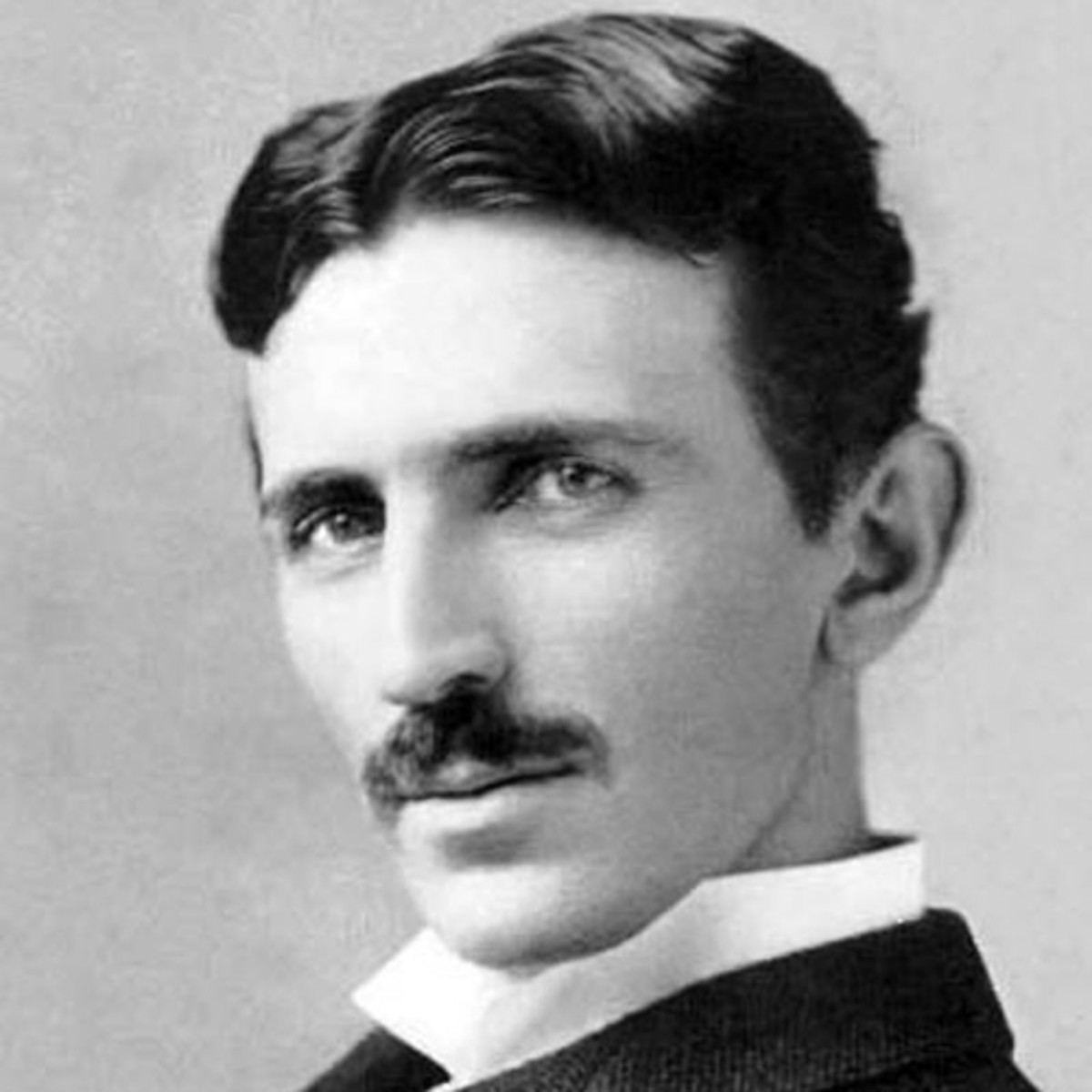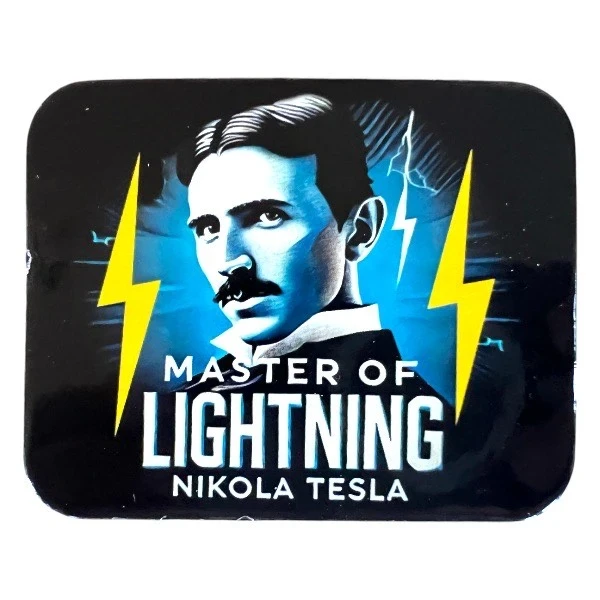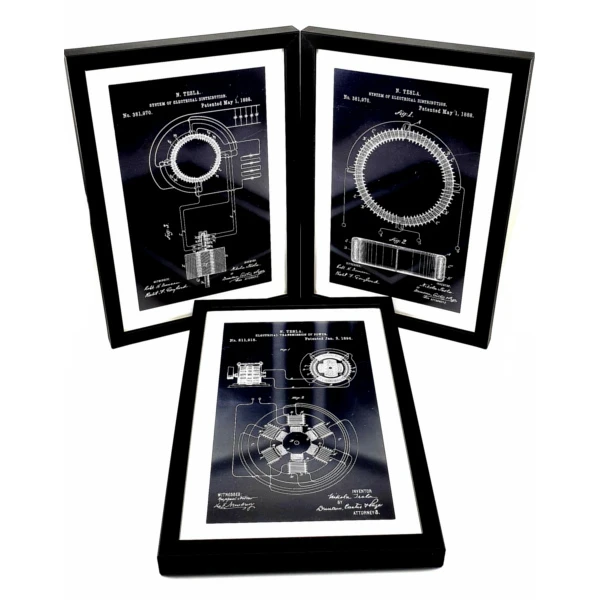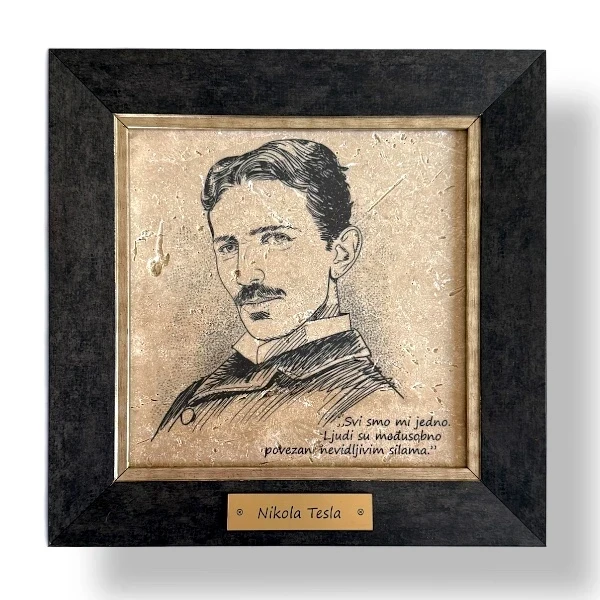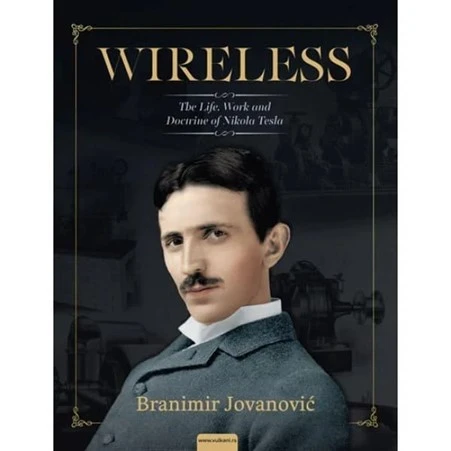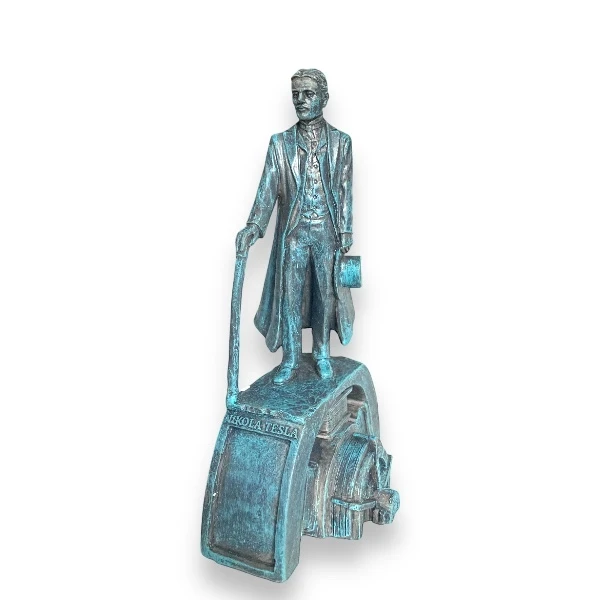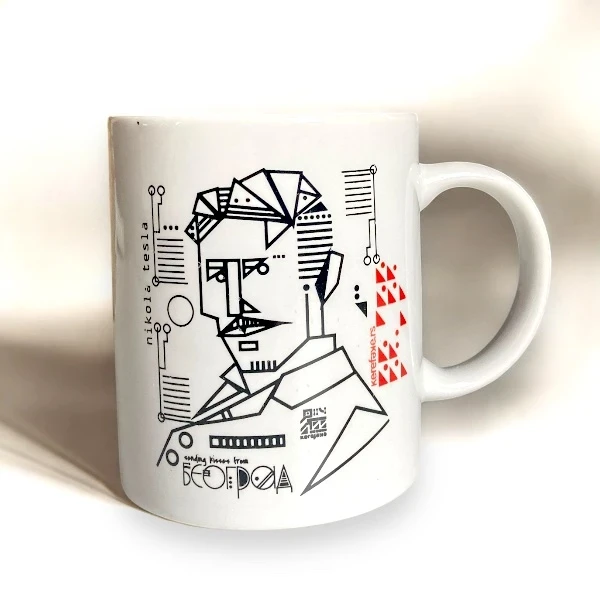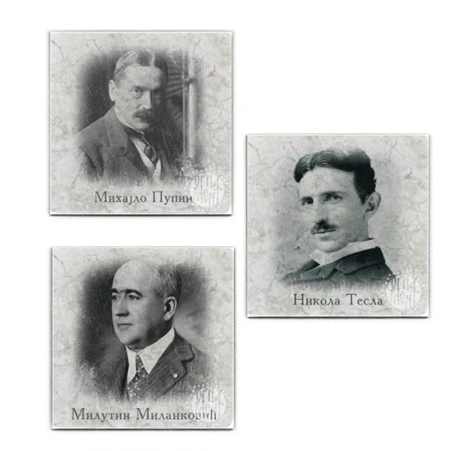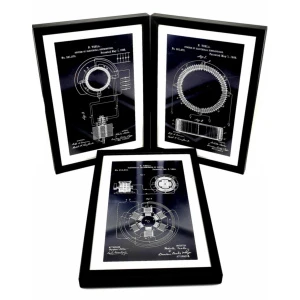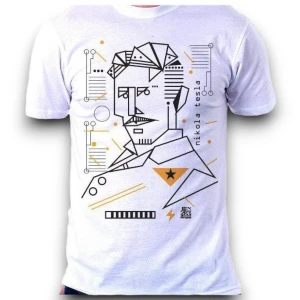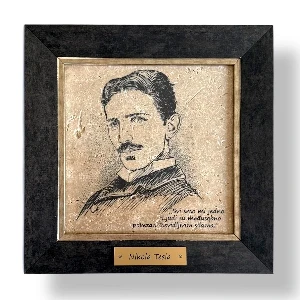Authors
- Ivo Andrić / Ivo Andric
- Isidora Bjelica
- Dobrica Ćosić / Dobrica Cosic
- Marko Vidojković / Marko Vidojkovic
- Fredrik Bakman / Fredrik Backman
- Nenad Novak Stefanović / Nenad Novak Stefanovic
- Vladeta Janković / Vladeta Jankovic
- Nil Gejmen / Neil Gaiman
- Nenad Gajić / Nenad Gajic
- Bojan Ljubenović / Bojan Ljubenovic
- Paulo Koeljo / Paulo Coelho
- Vuk Stefanović Karadžić / Vuk Stefanovic Karadzic
- Dušan Kovačević / Dusan Kovacevic
- Ivan Ivanji
- Ju Nesbe / Jo Nesbo
- Siniša Ubović / Sinisa Ubovic
- Dejan Stojiljković / Dejan Stojiljkovic
- Jelena Bačić Alimpić / Jelena Bacic Alimpic
- Jovan Jovanović Zmaj / Jovan Jovanovic Zmaj
- Dragan Velikić / Dragan Velikic
- Agata Kristi / Agatha Christie
- Mirjana Bobić Mojsilović / Mirjana Bobic Mojsilovi
- Liz Pišon / Liz Pichon
- Antoan de Sent Egziperi / Antoine de Saint-Exupery
- Jovan Dučić / Jovan Ducic
- Meša Selimović / Mesa Selimovic
- Sofi Kinsela / Sophie Kinsella
- Borislav Pekić / Borislav Pekic
- Dejan Lučić / Dejan Lucic
- Džordž R.R. Martin / George R. R. Martin
- Igor Marojević / Igor Marojevic
- Ljubivoje Ršumović / Ljubivoje Rsumovic
- Luka Mičeta / Luka Miceta
- Mario Vargas Ljosa / Mario Vargas Llosa
- Miroslav Antić / Miroslav Antic
- Rodžer Hargrivs / Roger Hargreaves
- Svetislav Basara
- Uroš Petrović
- Vanja Bulić / Vanja Bulic
- Žoze Saramago / Jose Saramago
- Stiven King / Stephen King
- Sidni Šeldon / Sidney Sheldon
- Gijom Muso / Guillaume Musso
- Milorad Pavić / Milorad Pavic
- Robin S.Šarma / Robin S.Sharma
- Svetlana Velmar Janković
- Nikola Tesla
- Slobodan Stanišić / Slobodan Stanisic
- Momo Kapor
- Branislav Nušić / Nusic
- Tom Telehen / Toon Tellegen
Who Was Nikola Tesla?
Nikola Tesla (1856–1943) was a Serbian-American inventor, electrical engineer, and futurist whose work shaped the modern world. His development of alternating current (AC) systems laid the foundation for efficient power distribution worldwide. Tesla was also a pioneer in wireless transmission, electromagnetism, and robotics.
Early Life and Education
Tesla was born on July 10, 1856, in Smiljan (then Austro-Hungary, now Croatia) into a Serbian Orthodox family. His father, Milutin, was a priest, and his mother, Georgina, was a talented homemaker with a knack for mechanical inventions. Tesla showed exceptional talent in math, science, and engineering early on. He studied in Gospić, Karlovac, Graz, and Prague.
Scientific Achievements and Career
In 1884, Tesla moved to the United States, briefly working for Thomas Edison before founding his own lab in New York. His key inventions include:
- Induction motor (US Patent 381968A)
- Polyphase AC power system (US390721A)
- Tesla coil (US555190A)
- Wireless power transmission (US645576A)
-
Remote-controlled boat (US613809A)
Tesla's vision anticipated wireless communication, global electrification, and automation decades before they became reality.
The Tesla Science Center highlights the following inventions that could be included in our blog:
Alternating current (AC) system: Tesla developed a practical system for transmitting electricity over long distances, including an induction motor and a polyphase system, which made it possible to electrify entire cities.
Development of radio: Although Guglielmo Marconi has long been considered the inventor of the radio, Tesla filed patents as early as 1897 that covered the basic principles of wireless communication. In June 1943, the US Supreme Court recognized Tesla's patents, which posthumously recognized Tesla as a radio pioneer.
Tesla transformer (1891): A high-voltage transformer that produces high-frequency currents, used for experiments in wireless power transmission and the basis for many modern technologies.
Fluorescent and neon lighting: Tesla experimented with different types of lighting, including fluorescent and neon lamps, contributing to the development of more efficient light sources.
Hydroelectric plant at Niagara Falls: Tesla, along with George Westinghouse, participated in the construction of the first large hydroelectric plant that used alternating current, which was a revolutionary step in the production of electricity.
Remote control: In 1898, Tesla demonstrated a ship that could be controlled wirelessly, which was the first example of remote control.
Tesla Turbine: An innovative bladeless turbine that uses layers of fluid to transfer energy, has proven effective in a variety of industrial applications.
"Teleforce": A theoretical weapon Tesla called "death rays," which would use concentrated energy beams for defensive purposes.
Tesla vs. Edison: The War of Currents
One of the most famous rivalries in science was between Nikola Tesla and Thomas Edison, known as the "War of Currents." Edison championed direct current (DC), while Tesla advocated alternating current (AC) as a safer, more efficient method of transmitting electricity over long distances. Despite Edison’s smear campaign, including public animal electrocutions, Tesla’s AC system eventually won and became the global standard.
Read more in our blog: Nikola Tesla and Thomas Edison Rivalry
Nikola Tesla Museum in Belgrade
The museum in Belgrade holds over 160,000 original documents, Tesla's inventions, personal items, and even his urn. Visitors can enjoy interactive exhibits and demonstrations.
Address: Krunska 51, Belgrade
Working Hours: Tuesday–Sunday, 10:00 AM–6:00 PM
Website: tesla-museum.org
Tesla's Birth House in Smiljan
In Smiljan, Croatia, Tesla's restored birth house is part of a memorial center. The complex features:
- Authentically reconstructed family house of the Tesla family
- The small Orthodox Church of the Holy Apostles Peter and Paul, where Tesla's father served
- Museum with exhibits of Tesla's inventions, personal items and multimedia presentations
- Interactive displays and educational workshops for children and adults
-
Replicas of Tesla's experiments, including demonstrations of Tesla's transformer
The Memorial Center in Smiljan is a place that combines nature, history and science, and provides a special insight into the childhood and first inspirations of one of the greatest minds of mankind.
Although born in what is now Croatia, Tesla was of Serbian origin. In 2023, Croatia honored him by placing his image on the 1 Euro coin—a symbol of how his legacy transcends political and cultural boundaries.
Tesla as a Futurist
Tesla predicted:
- Wireless communication and mobile devices
- Clean and free energy for all
- Science and education replacing war
- Natural diets based on sustainability
He saw science as the highest form of human development, surpassing even religion in its potential to elevate humanity.
Curious Facts About Tesla
-
Obsessed with the number 3 (did everything in threes)
-
Spoke 5 languages
-
Never married
-
Loved pigeons and cared for them daily
-
Slept only 2–4 hours a day
Recommended Books About Tesla
- WIRELESS: LIFE, SCIENCE AND DOCTRINE OF NIKOLA TESLA
- MY INVENTIONS - Nikola Tesla
- INVENTIONS, RESEARCHES AND WRITINGS OF NIKOLA TESLA
- Nikola Tesla- The man who defined the future
Tesla-Inspired Products
- NIKOLA TESLA BLACK T-SHIRT
- MUG - NIKOLA TESLA
- NIKOLA TESLA STATUE
- NIKOLA TESLA STATUE - BIG
- Magnet Nikola Tesla - Master Od Lightning
- DECORATIVE SMALL TESLA BOX
- Set of 3 stone magnets - Tesla, Pupin and Milanković
Products inspired by Tesla Patents
-
TESLA PATENTS graphics, 3pack, set 1
-
TESLA PATENTS Graphics, 3pack, set 2
-
TESLA PATENTI basic, MEN'S T-SHIRT, white
-
TESLA PATENTS, MEN'S T-SHIRT, basic, black
See all Tesla products in our Tesla Collection
Conclusion
Nikola Tesla was much more than a scientist: he was a visionary, a philosopher and a symbol of the creative mind. His legacy lives on in every motor, cable and smartphone. Tesla invented the world we live in today.
-
Share this article on social networks.
-
Visit the Nikola Tesla Museum or the birth house in Smiljan
- Explore our Tesla-inspired books and products.
Frequently Asked Questions (FAQ)
Why is Nikola Tesla called the greatest geek in history?
The popular comic site The Oatmeal calls Tesla "the greatest geek who ever lived" because of his eccentric personality, brilliant ideas, and the fact that he was decades ahead of his time. Although the comic uses humor and exaggeration, it helped make Tesla globally recognized on the Internet.
Did Nikola Tesla invent electricity?
No, Tesla didn't invent electricity, but he developed key technologies for its use – including the alternating current system, the induction motor and the Tesla transformer, which are the foundation of modern electricity distribution.
Who won the "war of currents" - Tesla or Edison?
Tesla, with the support of George Westinghouse, imposed the alternating current (AC) system, which is still used today. Thus, his vision won in technical and commercial terms.
Did Tesla really love pigeons?
Yes. In his later years, Tesla showed a deep emotional connection to pigeons. He was especially fond of a white dove that he said "meant more to him than a woman."
Did Tesla receive the Nobel Prize?
No, although he was nominated several times, Nikola Tesla never won the Nobel Prize. There was speculation that he was supposed to share it with Edison, but that never happened. Many scientists and historians consider this to be one of the biggest failures in the history of rewarding scientific achievements.
Did Tesla ever visit Serbia?
Yes. Tesla visited Serbia in 1892, when he was welcomed in Belgrade as a national hero. On that occasion, he received the Order of Saint Sava and gave a speech at the Great School. He was deeply moved by the reception and support of the people.
Was Tesla proud of being Serbian?
Yes. Nikola Tesla has repeatedly emphasized his pride for his Serbian origin. During his visit to Belgrade in 1892, he stated:
"I am proud of my Serbian ancestry and my Croatian homeland."
This statement is often cited as proof of his identity that transcended borders and political divisions, while at the same time pointing to his deep connection with the people from which he came.
Was Tesla an American citizen?
Yes. Tesla became a citizen of the United States of America on July 30, 1891, while he was working in New York. He was 35 years old then. Although he maintained a strong connection with his Serbian origins, he spent most of his life and created in America.
Did Tesla invent the radio?
Tesla filed patents for wireless signal transmission as early as 1897, but the radio championship was long awarded to Marconi. However, in 1943, the US Supreme Court posthumously recognized Tesla's patents, confirming that Tesla was in fact a key radio pioneer.
Did Tesla invent Wi-Fi or the internet?
Not in today's sense, but Tesla was the first to theoretically develop the idea of wireless transmission of information and energy. His experiments with Tesla transformers and the Wardenclyffe Tower are considered to be the forerunners of modern wireless technology, including Wi-Fi, Bluetooth and cellular networks.
Why did Tesla never marry?
Tesla believed that marriage and family life would interfere with his scientific work. He said that women were superior in some aspects, but that he had to devote himself entirely to science. Instead of people, he had a great emotional connection with - pigeons.
Was Tesla religious?
Tesla came from an Orthodox priestly family, but he personally relied more on the rational and spiritual dimension of science. He respected religion, especially his father, but he was not traditionally religious - he was more interested in universal spirituality and the laws of nature.
Why is the SI unit of magnetic induction called tesla?
In 1960, the International System of Units (SI) assigned the name "tesla" (T) to the unit of magnetic induction, in honor of his outstanding contribution to the study of electromagnetism. It is one of the highest honors that a scientist can receive posthumously.
Did Tesla’s personal notes go missing after his death?
Yes and no. After Tesla's death in 1943, the US government confiscated his notes and documents, ostensibly for security reasons. Part of the record was returned to his relatives, part ended up in the Nikola Tesla Museum in Belgrade, while there is still speculation that some documents were never published.
What is the connection between Nikola Tesla and the Trump family?
Immediately after Nikola Tesla's death in 1943, the US government confiscated his papers. John G. Trump, a professor at MIT and an expert in high-voltage electronics - and also Donald Trump's uncle - was hired to analyze those documents.
John G. Trump concluded that Tesla did not possess any weapons or technical blueprints of military importance. Still, the connection is often used in conspiracy theories that suggest the Trump family got hold of Tesla's secret discoveries - even though there is no evidence of this.
Was the song "Tamo Daleko - Far Away" played at Tesla's funeral?
Yes. At Nikola Tesla's funeral, held on January 12, 1943 in New York, according to his wish, the song "Tamo Daleko - Far Away" was performed. This moving composition, created during the First World War, symbolically reflected Tesla's origins, grief for the homeland and the suffering of the Serbian people - which deeply resonated with his personal sense of belonging.
"I don't regret that others stole my ideas, but I regret that they don't have their own." Nikola Tesla
All author's books

Apply for newsletter
Sign up for the Serbianshop newsletter and get a 10% discount.


